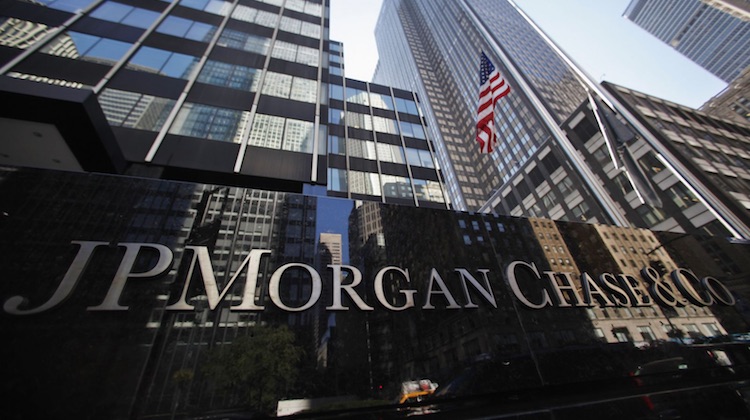Modern Marketing
Inside Chase’s marketing strategy
- As startups make contributions to improve banking, data and technology in other industries are helping change consumer behavior.
- The need to respond appropriately to both phenomenons has changed Chase's marketing approach in a number of ways.





